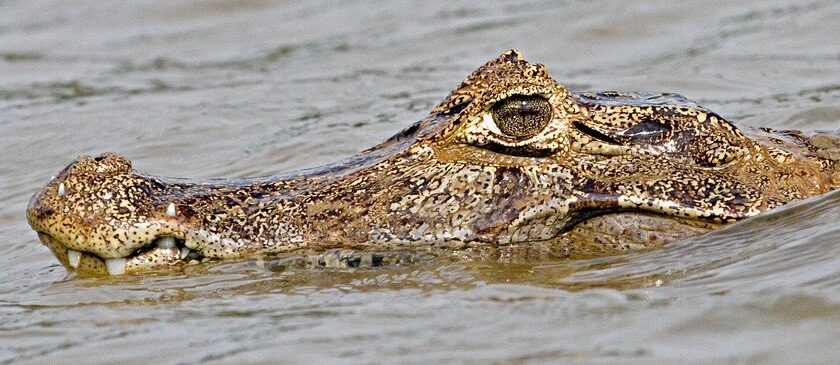Pantanal
Pantanal is a vast wetland in South America, located in the Brazilian states of Mato Grosso and Mato Grosso do Sul, as well as the neighboring countries of Paraguay and Bolivia. The total area is about 195,000 square kilometers, which makes this region the largest tropical reserve in the world. Some of the rarest species of animals, birds, reptiles and plants can be seen here. Most of the wetlands are located around the Paraguay River as well as its tributaries. The area gets its name from the Portuguese word “pantano”, meaning “wet lowland.”
The distinctive feature of the area is the ever-changing landscape: in the rainy season it is a swamp lake, most of the land is submerged, in the dry months there are small islands, ponds and low-saline lakes. The symbol of the reserve is one of the stork species common here – Jaberu. This large graceful bird is characterized by an incredibly large wingspan.
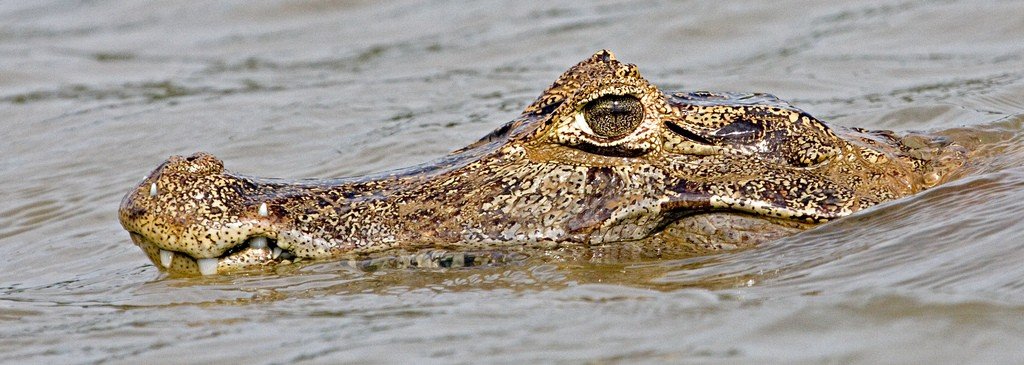
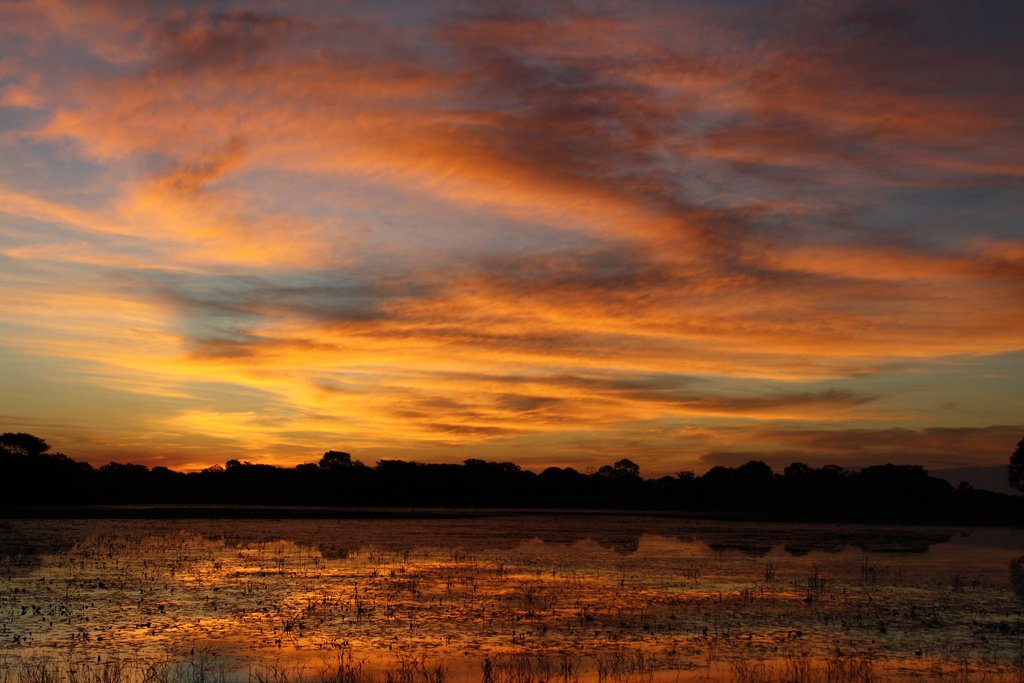
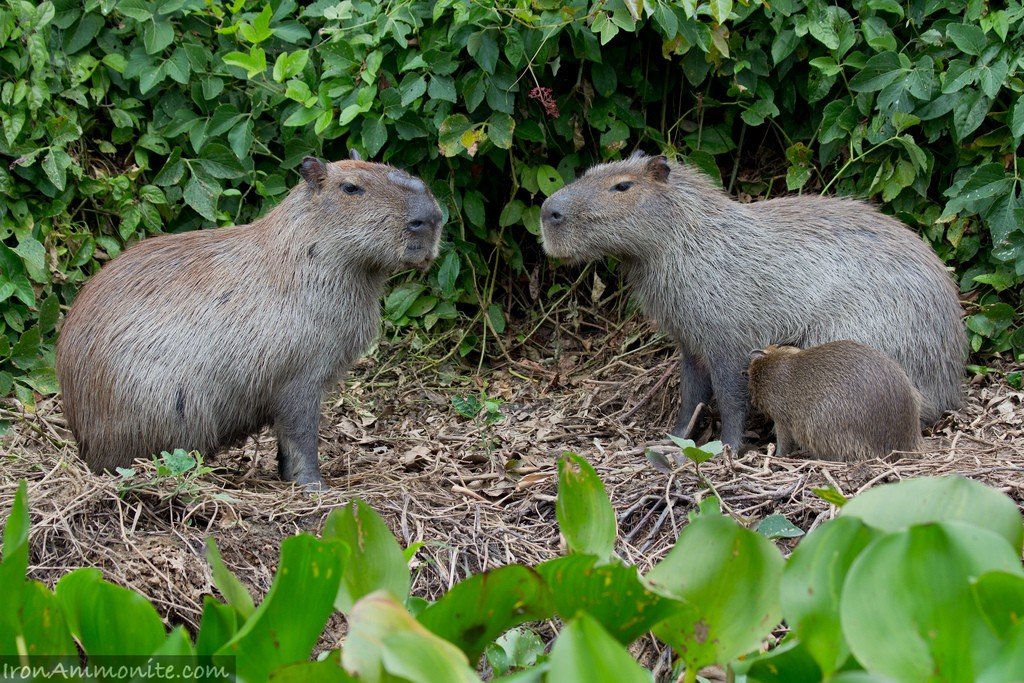
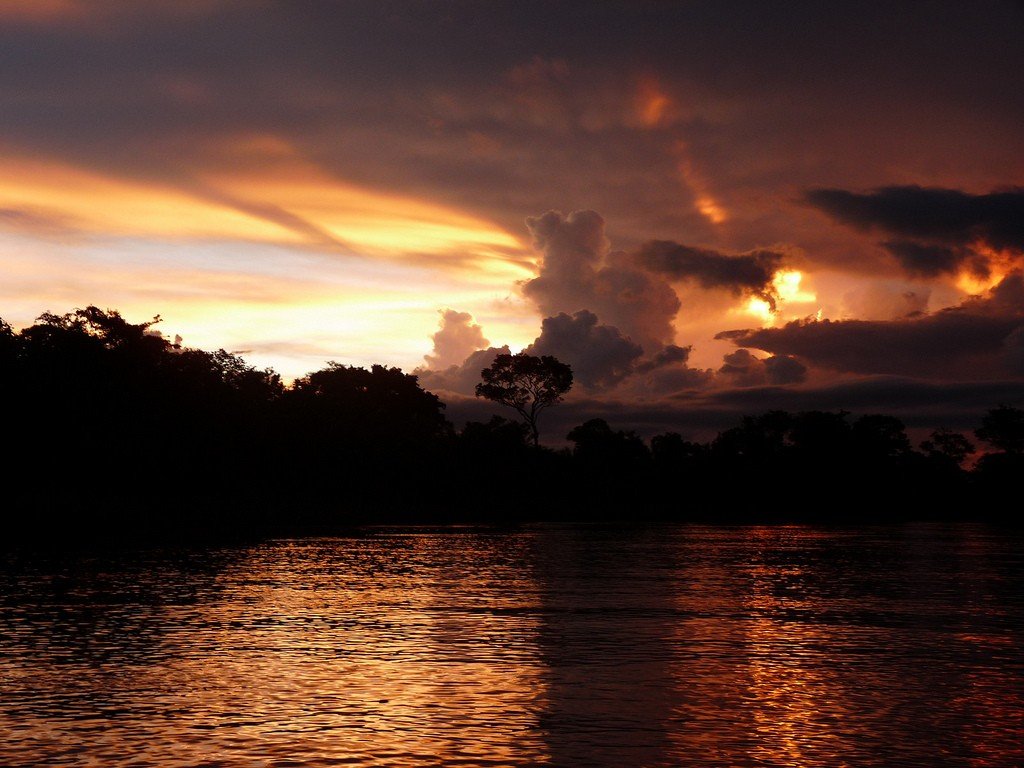
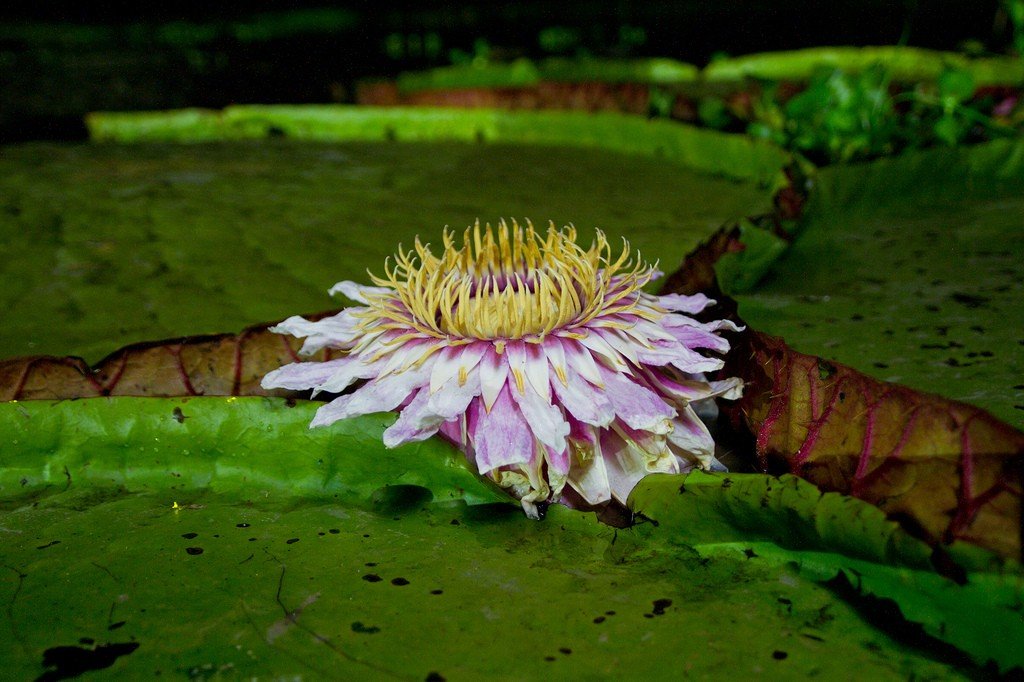
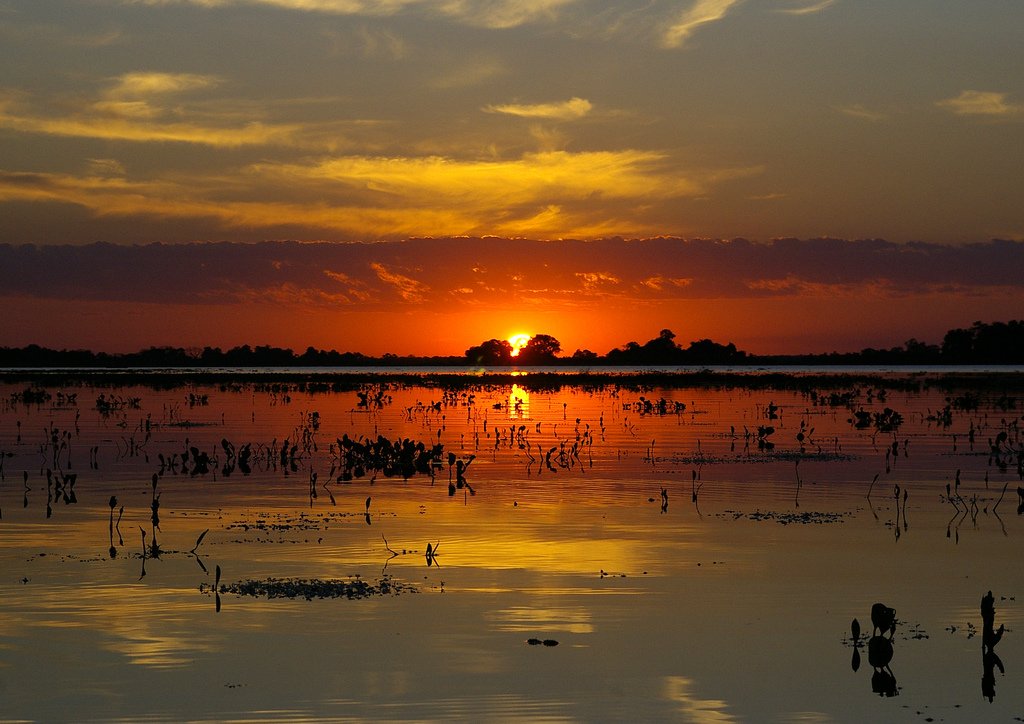
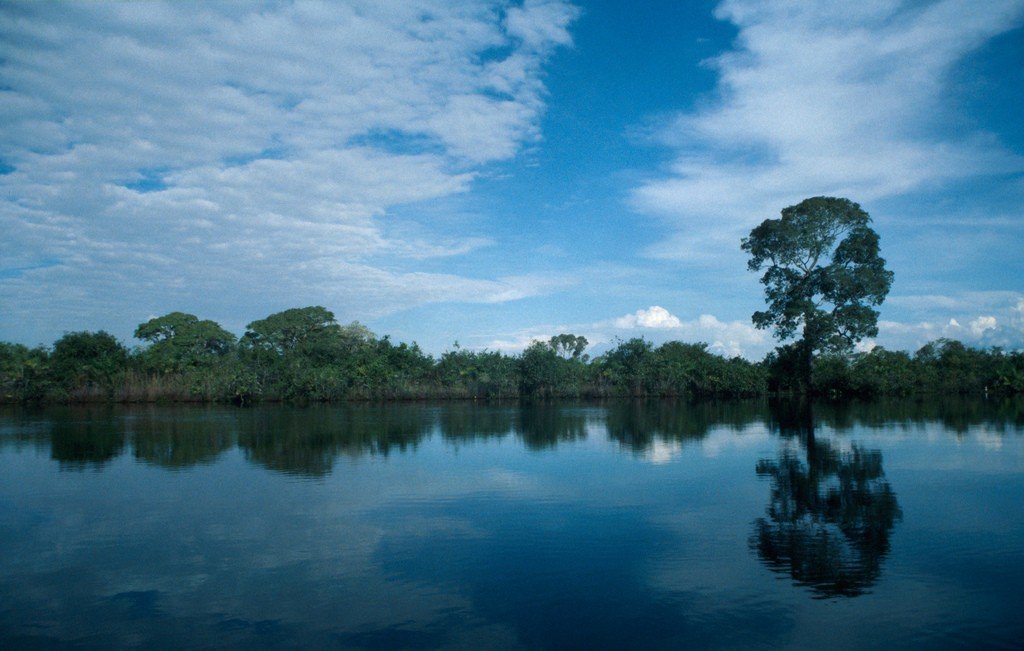
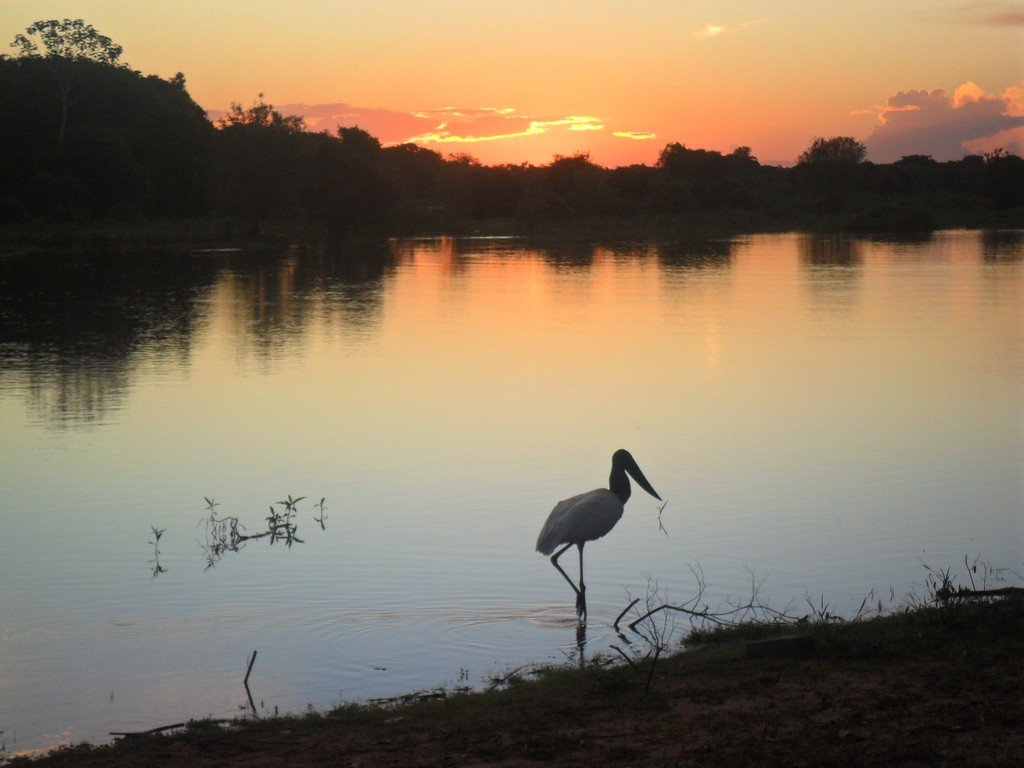
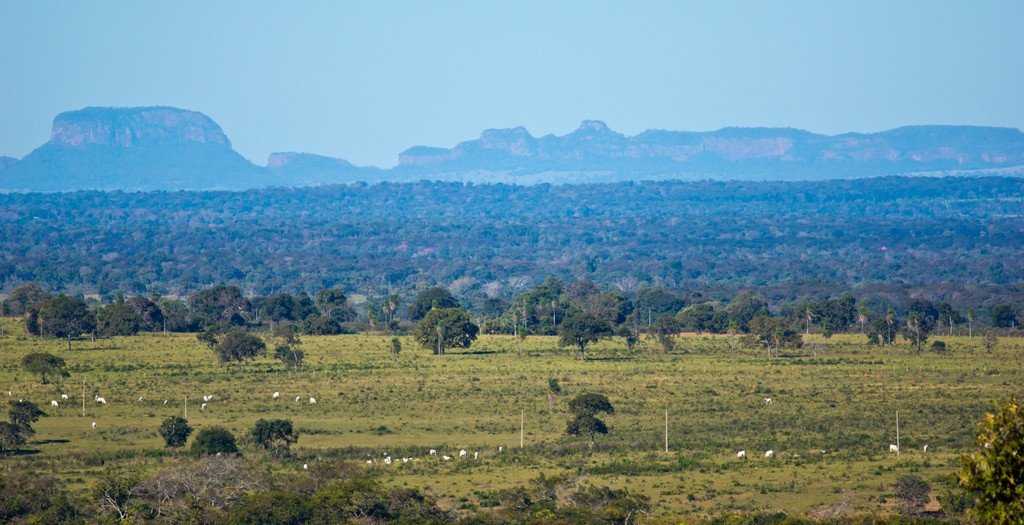
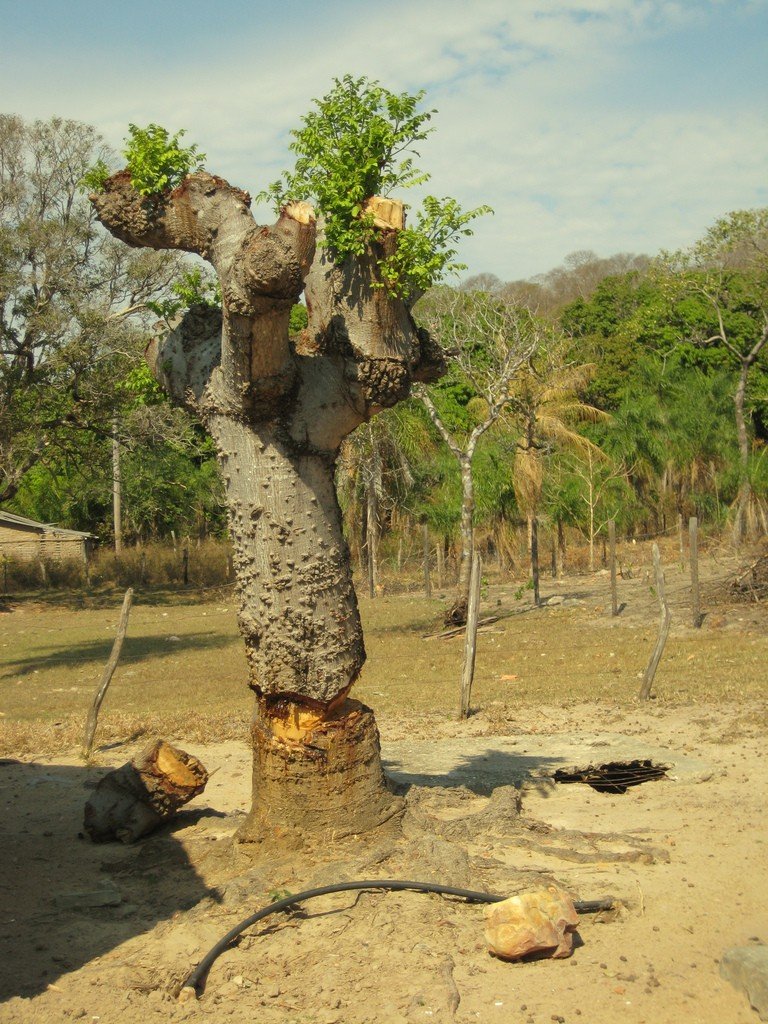
Flora and fauna of the reserve
Due to the incredible variety of relief, as well as the general inaccessibility of the region, a unique fauna and flora has formed here. Thus, in Pantanal, scientists have discovered more than 3,500 species of plants, more than 1,000 varieties of butterflies, 650 different birds, and more than 100 different mammals. Among the 400 types of aquatic life there are endemics, that is, species that live a very limited range only in this area – freshwater rays, double-breathing fish, and so on.
.
Many of the animals whose populations thrive here are globally endangered: giant anteater, armadillo and otter, jaguar, hyacinth ara, swamp and pampas deer, Brazilian tapir and many others. In the Pantanal, they can be observed in their natural habitat. The number of species varies greatly from one area of the reserve to another. To see jaguars, it is best to head to the northwest or southeast, as this is where there are the most giant capybara rodents, which these big cats hunt. Unlike the Amazon jungle, there is plenty of open space to freely observe the animals.
.Local attractions
Pantanal National Park is in itself a gem of the South American continent due to its rare natural diversity. Apart from this, it is also home to several breathtakingly beautiful waterfalls, rivers and other natural attractions. For example, in Pantanal there is the Aroe-Yari cave, which extends 800 meters into the earth’s interior and is the second largest in Brazil. Inside it you can observe unusually picturesque waterfalls.
.Also awaiting tourists are the refreshing waters of the enchanting blue lagoon of Lagoa Azul. Another local attraction is the cascading waterfalls of Martina, descending in the form of a staircase. A must-see is the City of Stone, where natural rocks have become like ruins of ancient structures due to their own texture and constant weathering..Features of the stay
Strictly speaking, Pantanal is at once several state-protected areas, including the reserve of the same name. The largest city, from which most tourist trips are made, is Corumba.
>
There is a conventional division into the southern and northern part of the reserve. The first is more wild, there are relatively few tourists, infrastructure is poorly developed, but the colors of wildlife. The northern part is more adapted for travelers, there are special hotels (lodges), harmoniously blended into the wilderness. The overwhelming number of visitors to the reserve comes here in organized groups. The price of the ready-made program includes meals, services of a professional guide, accommodation. The duration of the tour varies from a couple of days to a week.
.It is possible to get here as an individual visitor, but Pantanal belongs to the closed nature reserves. In Brazil, this means that the management and staff are not responsible for you. Due to the large number of wild animals, including dangerous predators, a solo visit can be life-threatening, not to mention that in the vast areas with changing topography, a traveler can simply get lost.
.The best time to travel is from May through October. During these months, the Pantanal has low rainfall, good weather and the topography shows its diversity. For those who want to birdwatch specifically, it is worth coming in April and May, when the marsh gradually turns into individual lakes and puddles. At this time, fish are caught in peculiar shallow traps, which attracts birds. Travel during the dry season is mostly by horseback and jeep.
.How to get there
There are several main ways to get to the reserve: via Corumba, Campo Grande or Cuiaba. From these cities, the Pantanal can be reached by bus or hitchhiking. There are also airplanes from Cuiabu and Campo Grandi to Corumba.
.From Bolivia, it is easy to take a direct flight to this city. You can also take a train from Santa Cruz to the Brazilian border and from there take a bus, car or cab to Corumba.
.
